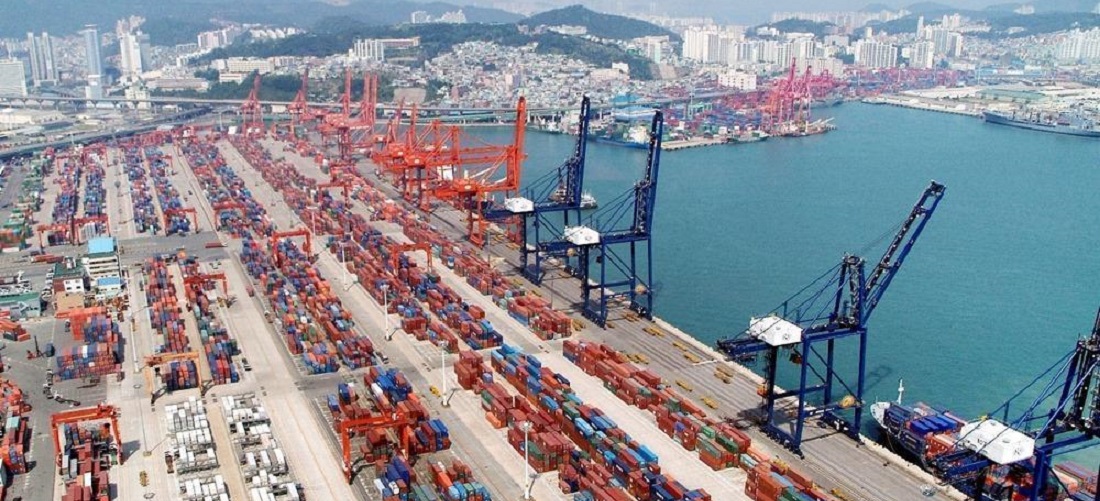
Omicron cases detected in Shenzhen and Beijing
Jan, 17, 2022 Posted by Gabriel MalheirosWeek 202203
In China, the number of Covid-19 cases reached the highest since March 2020 on Monday, as the country reported a daily rise of 223 new infections.
The first local transmission of the omicron variant in Beijing was reported on Saturday, with the Winter Olympics fast approaching.
Authorities in southern Guangdong province reported nine new local cases on Monday, spread across the cities of Zhuhai, Meizhou, Zhongshan and the major container port destination of Shenzhen.
Shenzhen has logged a handful of cases of the delta variant since last week, while it reported its first omicron infection Sunday.
In good news, Ningbo, the world’s third-largest container port, which has been in partial lockdown for most of the opening days of 2022, restrictions are being eased, making entry and exit far easier for truck drivers heading to the city’s five container terminals.
Beijing’s strict zero-Covid policy has curbed local outbreaks with mass testing, snap lockdowns, vigilant surveillance and extensive quarantines. However, new variants such as omicron have seen outbreaks intensify since the autumn.
Frayed supply chains because of the pandemic are being acutely felt across the world. Across the Pacific, it was reported last week by the Pacific Maritime Association that 800 dockworkers – or one in 10 of the workforce – at the twin ports of Los Angeles and Long Beach were unavailable for Covid-related reasons.
San Francisco-based freight forwarding and customs brokerage Flexport provides a weekly measurement called the Ocean Timeliness Indicator, which measures the time taken from the moment cargo is ready from the exporter until the importer takes delivery.
On the transpacific eastbound, the average time in 2019 prior to the pandemic was 45 to 50 days. As of January 2 2022, the figure hit a new record high of 110 days. Similarly for Asia to Europe, the pre-pandemic average transport time was around 55 to 60 days, whereas the situation on January 2 was 108 days.
Peter Sand, the chief analyst at Xeneta, told Splash last week that as container shipping remains pressed to the edge, any shocks could cause further increases either in base rates or surcharges.
“With the virus still spreading and China maintaining its zero-Covid strategy, more port shutdowns or other black swan events that would send spot rates upwards can’t be ruled out,” Sand said.
Source: Splash247
To read the full original article please visit: https://splash247.com/omicron-cases-detected-in-shenzhen-and-beijing/
-
Shipping
Aug, 15, 2021
0
Maersk’s AC6 service ships will skip the scale at Ningbo Meishan because of terminal closure
-
Ports and Terminals
Sep, 27, 2023
0
Açu Port eyes leadership role in Brazil’s steel chain decarbonization through partnership with Vale
-
Grains
Feb, 06, 2024
0
Brazil’s soybean exports could exceed 10 million tonnes in February
-
Ports and Terminals
Oct, 03, 2021
0
Portos do Paraná begins studies to implement bio-digestor plant


